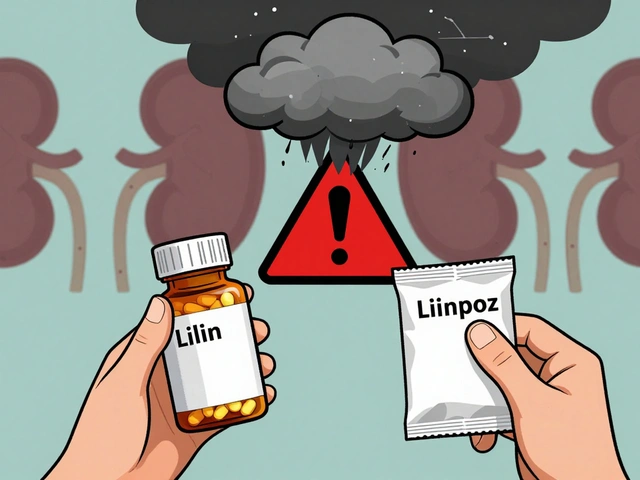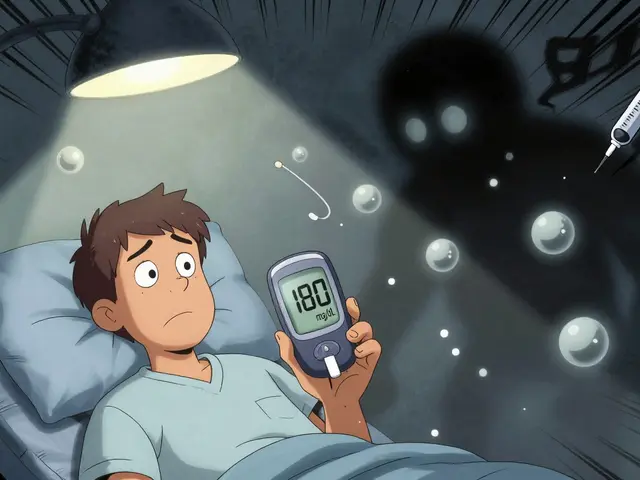Methoxsalen: What It Is, How It's Used, and What You Need to Know
When you hear Methoxsalen, a photosensitizing compound used in combination with ultraviolet A (UVA) light to treat skin conditions. Also known as 8-MOP, it's not a typical pill you take for a cold or headache. It's a precise tool—used under strict medical supervision—to reprogram how your skin reacts to sunlight. This isn’t something you buy over the counter. It’s part of a treatment called PUVA therapy, where methoxsalen makes your skin more sensitive to UVA light, helping slow down the rapid cell growth seen in psoriasis or restore pigment in vitiligo.
Methoxsalen doesn’t work alone. It needs UVA light to activate. Think of it like a key that only turns in a specific lock—the light. That’s why it’s used in controlled settings: clinics, hospitals, or sometimes at home with a doctor-approved device. The goal isn’t to tan or burn your skin. It’s to gently reset abnormal skin cell behavior. People using it for psoriasis often see patches smooth out and redness fade after several sessions. Those with vitiligo may notice color slowly returning to white patches, especially on the face and hands. But it’s not magic. It takes weeks. And it’s not for everyone. If you’re prone to sunburns, have a history of skin cancer, or take other light-sensitive meds, your doctor will likely steer you clear.
Related to methoxsalen are other PUVA therapy, a treatment combining psoralen drugs like methoxsalen with UVA light exposure, and photochemotherapy, the broader category of light-based drug treatments for skin diseases. These aren’t just buzzwords—they’re the actual systems methoxsalen belongs to. You’ll also see it grouped with other psoralens like trimethylpsoralen, but methoxsalen is the most commonly used in the U.S. and Australia. It’s not used for acne, eczema, or general skin aging. Its use is narrow, targeted, and backed by decades of clinical data. The side effects? You might get sunburned if you’re not careful. Long-term use raises skin cancer risk, which is why doctors limit lifetime exposure and monitor skin closely.
There are alternatives now—topical steroids, biologics, narrowband UVB—that don’t require swallowing a pill before light exposure. But for some, methoxsalen still works best. If your skin hasn’t responded to other treatments, or if your psoriasis covers large areas, your doctor might bring it up. You won’t find it in a pharmacy shelf. You’ll get it through a prescription, with clear instructions on timing, dosage, and eye protection. And you’ll need to avoid natural sunlight for at least 24 hours after taking it. That’s the rule.
What you’ll find in the articles below isn’t just a list of random posts. It’s a collection of real, practical guides on medications that work in similar ways—drugs that need light, that target skin or immune reactions, or that are used in chronic conditions where standard treatments fall short. You’ll see comparisons, safety tips, and real-world insights on how these therapies fit into daily life. Whether you’re considering methoxsalen, already using it, or just trying to understand how light-based treatments work, these posts give you the facts without the fluff.






